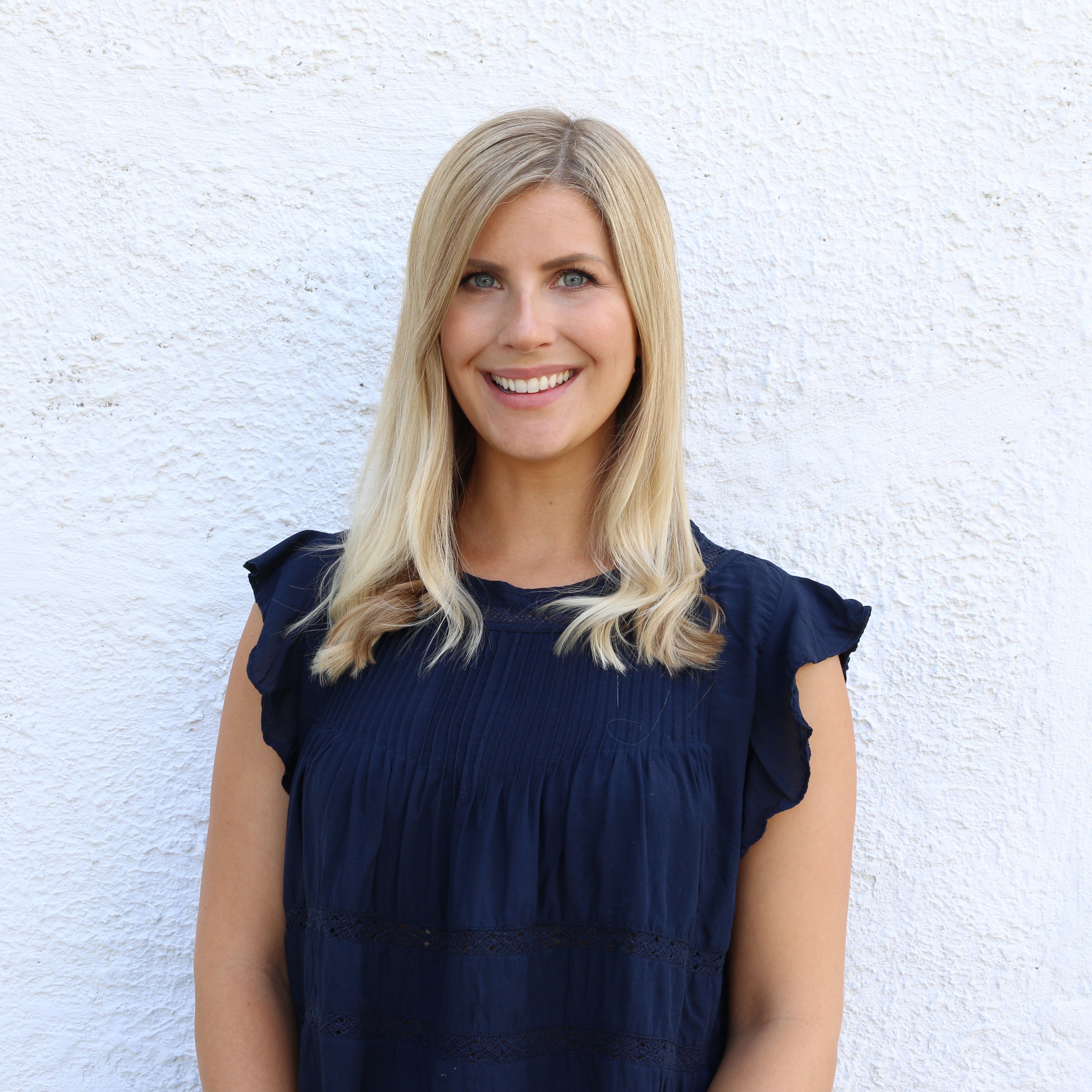Should you buy an eco-friendly home?
The craze of “going green” started with making small, eco-friendly choices, such as buying local produce. It’s a trend that doesn’t look like it will fade any time soon. In fact, it’s expanded to include green living.
Sustainable design has become a selling point for many homes—there are even entire communities dedicated to energy-efficient, low-carbon, LEED-certified properties, such as South Florida’s Babcock Ranch, the first solar-powered town in the nation.
If you’re gearing up to buy a home, should you go green? Here are a few things to consider.
Think About What You Mean by ‘Green’
While I personally look for local, in-season produce and pay a premium for eggs from free-range hens, that’s about the extent of my greenness. The same can be said of many people searching for a green home.
For example, if by “green home,” you mean “energy efficient,” there are plenty of ways to save on energy costs without committing to a fully green home built from sustainable materials and relying on solar power. Look for a property with weatherproof windows and good insulation, and take a look at the appliances. If they’re energy-efficient already—something more common in new builds—great! If not, you might consider purchasing updated appliances once you move in.
Perhaps your motivation for green living is due to health concerns, such as allergies or certain lung conditions. For you, “going green” is more than just energy efficiency: it’s about knowing that your dwelling was built with non-toxic materials. A new build where every last material can be accounted for would be a good choice.
Or maybe your impetus for going green is to do your part toward a more sustainable future. If that’s the case, you might consider a solar-powered home or one built from locally sourced, sustainable materials. Moreover, you might consider an existing home rather than a new build to limit construction and demolition waste.
Know What Constitutes a Truly Green Home
There are several things to look for to find out if a property is a green home. Some will carry a LEED certification proving that it meets certain standards set by the U.S. Green Building Council. Still, if a property isn’t certified, it doesn’t mean it isn’t green. The certification process isn’t standardized and can take a very long time. Plus, there are still other things to look for to help you tell how green a potential home is.
Windows should be double-pane, and appliances should be energy-efficient—ideally, they’ll have an Energy Star rating, which is visible on the front of the appliance. You’ll have to ask about insulation since it won’t be readily apparent. You can also complete an energy audit, but beware this usually costs about $500 in addition to any inspection costs. (In my own experience, I chose not to do an energy audit and instead asked the home inspector to look at our insulation. He revealed it had recently been double insulated thanks to the previous owners. Score!)
Other facets of “greenness” include the direction the home faces, which determines how much sun exposure it gets and thus how often its cooling and heating systems might run. Another predictor you’re looking at a green property? The yard. Look for sustainable landscaping that includes native plants as opposed to ones that, while gorgeous, might not be indigenous to the area. These types of plants can often require more water—a decidedly not green feature.
Remember, Green Doesn’t Necessarily Mean New
What if you want to go green but don’t want a new build? Remember—repurposing and reusing materials is about as green as it gets. Older homes are often made from hardier materials, such as naturally fire-resistant wood and brick, compared with run-of-the-mill new builds, which are made from less-premium materials (unless it’s a LEED-certified new home that was built with higher standards).
According to Rubicon Global, a technology company that works with customers on waste reduction, recycling, and other sustainability measures, construction and demolition debris accounted for more than twice the amount of generated municipal solid waste in the U.S.
Working with an existing property rather than tearing it down or buying something brand new is already a green move in itself. Well done! From there, you can take steps to make a home more energy efficient, such as improving insulation or upgrading appliances.
Choose the Right Real Estate Agent
Finding the right real estate agent is important no matter what type of home you’re interested in, but people searching for a green home will want to do a little extra homework to find a real estate agent who specializes in—or at the very least has previous experience in—finding green homes.
Plan to Stay Awhile
One of the key deciding factors in whether to buy a green home or not is to think about how long you’re going to stay. Are you searching for a starter home, or one you plan to flip? Do you know your job might take you somewhere new in the coming years? You might choose to adopt more eco-friendly habits elsewhere in your life and skip a green home for the time being. That’s because you can expect to pay a premium for properties with green features such as Energy Star appliances, double-pane windows, sustainable materials, and sustainable landscaping.
Green homes pay off more over time, when those low, low energy bills start to add up to serious savings. While the exact amount can depend on your own habits, where you live, the size of the property, and other factors, you should probably plan to stay in the home for at least 10 years. The good news? That’s the average amount of time most first-time home buyers spend in any home.

